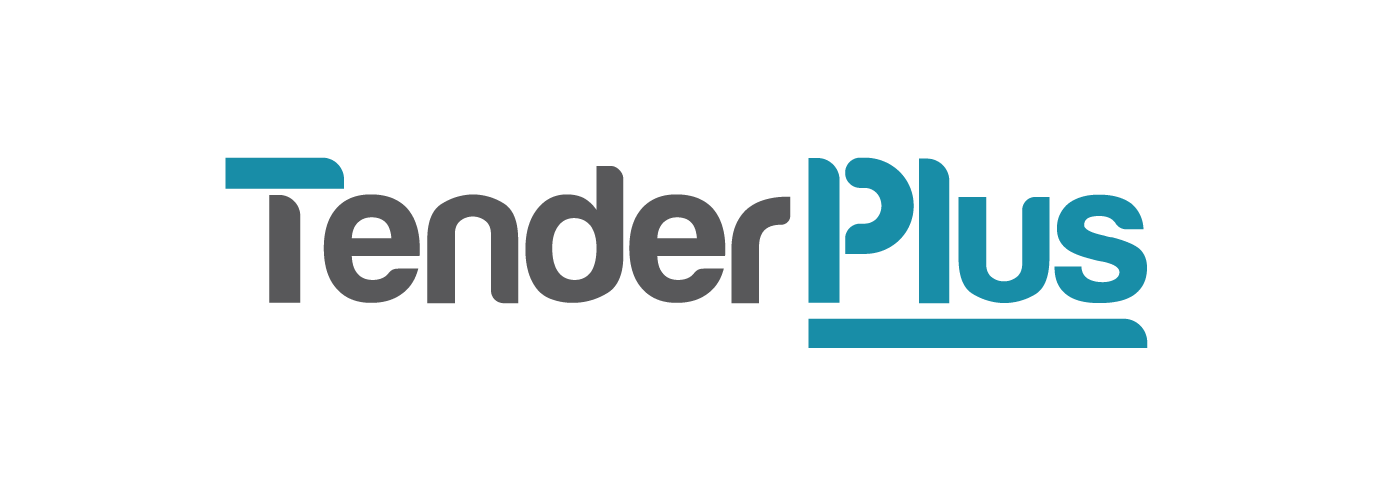The art of reflection and how it leads to better practice.
By Tania Field
Senior Tender Specialist (Sydney)
What do you do after a tender is lodged? A) Celebrate B) Start the next tender C) Conduct a post tender review OR, D) All of the Above. Option D) is optimal because it sounds like A) You care about fun and wellbeing, B) You/Your team are gainfully employed, and C) You understand the benefit of better practice.
An old friend of mine recently presented at a bid and proposal conference on how to embed and continuously improve ways of working in bids and proposals. His presentation was a great reminder that everything we do is a process, and that process is where strategy is executed. He also explored key process principles such as getting things right the first time, creating flow, reducing variation and my favourite, continuous improvement.
I’m a big fan of reflection after the job is done. I just personally hope to dial down the emphasis on excessive self-reflection as I mature, but I’m 45 now, where’s the override button please. These skills however are somewhat advantageous as I can easily structure a check-in process once a submission or project has concluded. I also collect information as I go so in essence am recording my observations for future use.
I don’t do check-ins because I want a full A+ report card. What I want is the opportunity to clarify or improve the really painful and messy bits in the process. Some of the more challenging tender dynamics can be a result of poor process and/or communication. A structured post tender review or check-in can help unlock some of these nasties. What we have potential for is to get better at working together and winning business.
Recently a colleague and I were talking about jargon language and specifically our dislike for the phrase ‘best practice’. This binding position is troubling for me and doesn’t leave room to bend and flex. We subsequently agreed that our approach should be for ‘better practice’. With this statement in mind, we are freed up to get on with the job, move fast, be guided by the parameters of the process and/or brief, but we do this through the lens that some things might ache from time to time and we can keep an eye on these to tweak in due course. And if we have a process of undertaking tender reviews, we can document these observations and implement useful change.
As tenderers, submission managers, coordinators, we will always be subject to the input of a number of experts across multiple disciplines in implementing a proposal strategy. We can automate the process as much as possible, including maintaining bid content libraries as an example, however the response will always need to be tailored to the client and the project and requires input from a bunch of people. How we do this and how we do it better each time is a value-add exercise. And, it doesn’t have to take too long. For me personally, I’ve been practiced in surveying people with a handful of simple questions. Keeping these questions as standard helps to compare apples.
Bid pursuit – Was there a go/no go decision? Was the reason for tendering clear to the team?
Bid strategy - Was the win strategy clear? Did it reflect client understanding, competitor position, and tender solution?
Bid team – How did the process of engagement go? Were roles and responsibilities of the team clear? How did the team perform?
Bid process –How well did the tender process work, including planning, management, timing, and production?
Bid document – What was the quality of the final document in terms of compliance, professionalism, and translation of the strategy?
Bid experience – What was the experience of working on the proposal like? Why?
Lessons learned – What would you like to change for future tenders?
Also, if a survey is not an option, I’ll put my thoughts down on a page and at least share it with someone who can peer review and comment. This can lead to some constructive input and changes to existing processes.
